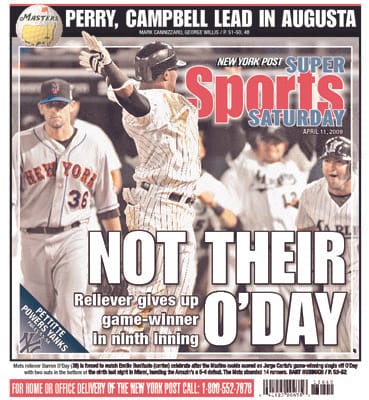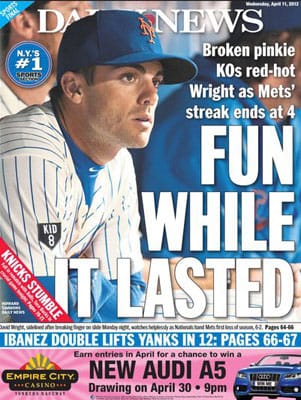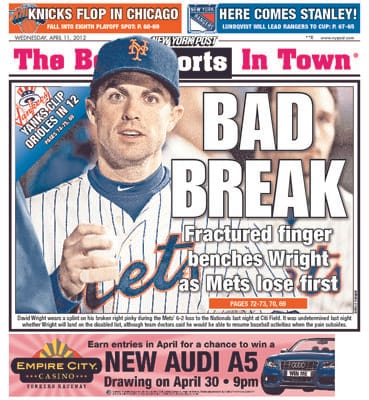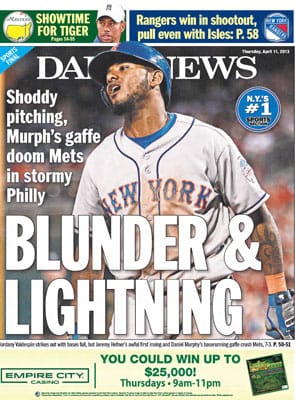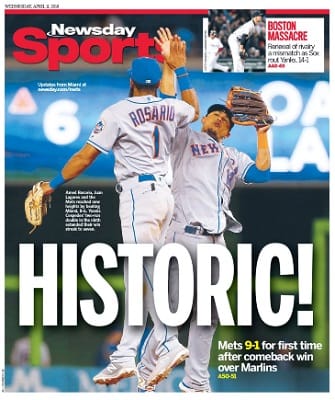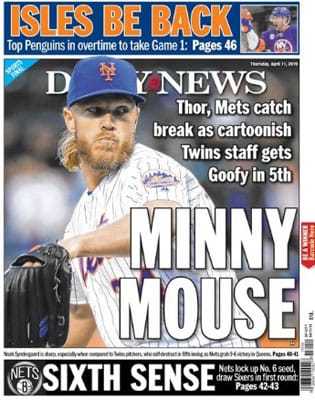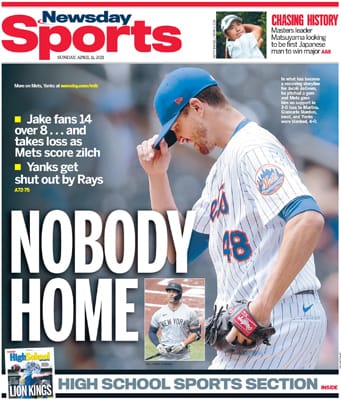Amazin' Daily Briefing: April 11 2025 – Early Season Impressions of the 2025 Mets: Pitching Depth and Offensive Upside
An in-depth analysis of the New York Mets’ performance at the start of the 2025 season, highlighting pitching strategies, key offensive players, injury updates, and future rotation outlooks.
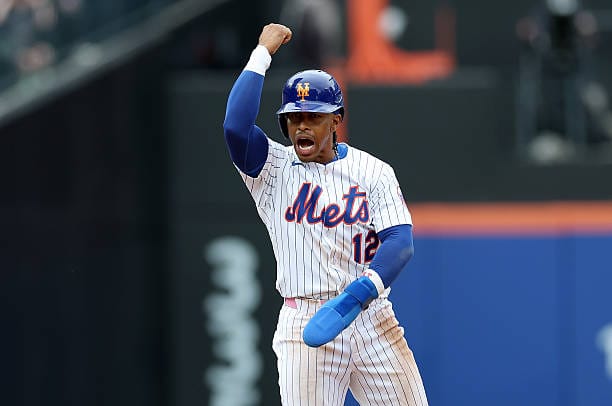
Depth, Dominance, and Determination: Why the 2025 Mets Look Built to Contend
The New York Mets are off to a strong start in the 2025 MLB season, winning seven of their last nine games and taking five of six at home. Even with a final shutout loss against the Marlins, the early stretch has created a sense of optimism around the team’s depth—especially in the pitching rotation—and the impact of its offensive leaders.
One of the most encouraging signs has been Pete Alonso’s locked-in performance. With an opt-out looming, he’s playing with the kind of focus and comfort that typically signals a big season ahead. The front office deserves credit for assembling a deep pitching staff, even after a relatively quiet offseason marked by value signings and lingering injury concerns.
The Mets have already had to lean on that depth. With Frankie Montas and Sean Manaea out, arms like Tylor Megill have stepped up and filled the gap. The team’s strategy clearly wasn’t just about stacking the top of the rotation, but about preparing second and even third waves of starters capable of making meaningful contributions when called upon.
So far, it’s working. The Mets’ rotation currently leads the league in ERA. That said, sustainability is a concern. The starters rank low in innings pitched, which increases the workload on a bullpen that has been solid early but may wear down without reinforcements from the injured list or the minors. High walk rates and overexposure are potential red flags.
Still, the bullpen’s success has been impressive. Much of that can be attributed to the organization’s focus on multi-inning relievers who can cover the middle innings and bridge the gap to late-inning anchors like Edwin Díaz, A.J Minter and Ryan Stanek. Relievers Max Kranick and José Butto have played key roles, showing that internal development and smart acquisitions can work in tandem.
Looking ahead, the Mets are expected to be aggressive with top pitching prospects. Brandon Sproat is one name to watch, along with Nolan McLean and Blade Tidwell. If any of them dominate at Triple-A, the team likely won’t hesitate to call them up—especially if it helps keep the big-league club competitive while managing long-term value.
Offensively, the core trio of Francisco Lindor, Juan Soto, and Pete Alonso has carried the load. The bottom half of the lineup has been inconsistent, but that’s manageable as long as the top continues to produce. However, there are growing concerns around players like Brett Baty and Mark Vientos. Vientos, in particular, has shown flashes of potential but continues to battle inconsistency, especially against fastballs, which could require an adjustment.
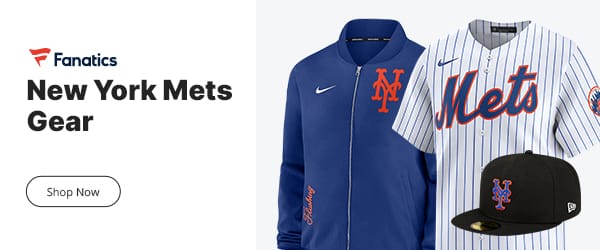
Lindor’s in-game adaptability continues to stand out. He’s been especially effective during his third time facing a pitcher in a game, a testament to his baseball IQ and his ability to make real-time adjustments. His leadership and willingness to share insights with teammates elevate the entire lineup.
Injuries remain a major storyline. Francisco Álvarez has started a rehab assignment but will need several games before returning at full strength. Jeff McNeil, recovering from an oblique injury, is also being eased back in. Meanwhile, Sean Manaea has experienced a setback, further delaying his return and placing added pressure on the team’s depth.
Brett Baty’s situation is becoming more pressing. Despite a strong spring and solid minor league numbers, he continues to struggle under the spotlight of major league competition. With McNeil on the mend, Baty’s role could be in jeopardy, possibly leading to trade discussions or the addition of a veteran infielder to stabilize the roster.

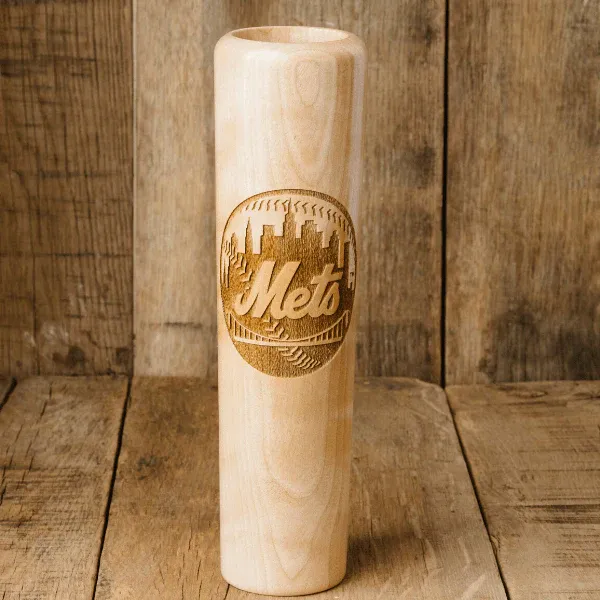
As the Mets head out on their West Coast swing, there’s real optimism surrounding this group. The early performances—especially from players not expected to be stars—suggest a team that’s deeper, more resilient, and better built than in previous years. If the Mets can stay healthy, manage bullpen workloads, and continue getting big production from their top bats, they’ll be in the mix all season long.
On This Day in Mets History

